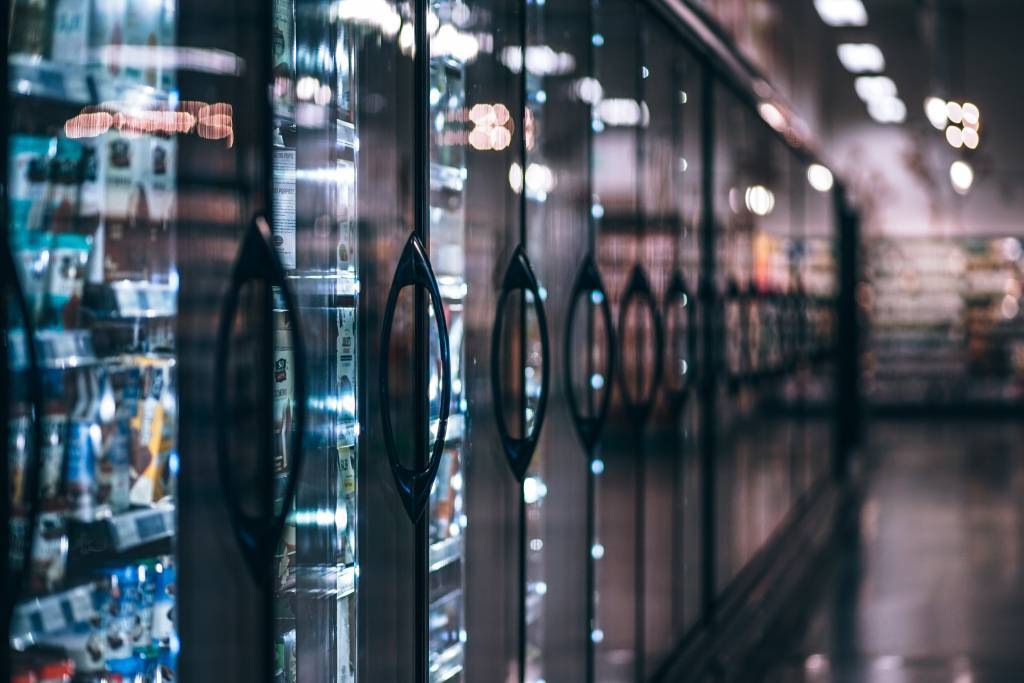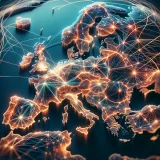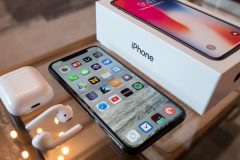Alexa turns on the lights, the coffeemaker starts when we get out of bed, and the early news headlines automatically come on when we walk through the living room – welcome to the new morning routine in the fourth industrial revolution.
As the era of the fourth industrial revolution also awakens, it’s rapidly redefining our society and industries. And while the previous revolutions were mainly about how humans changed the world and connected with each other, the fourth industrial revolution is focused on how machines are evolving and interacting with each other. It’s a revolution in large part being powered by the Internet of Things (IoT), and it’s still in its early stages.
IoT is Big Business
In the business world, IoT strategies are being implemented across a whole host of industries, including IBC’s area of expertise in media, technology and entertainment, given its ability to interconnect media across devices, services, connected cars and smart cities. It’s transforming costs, improving customer experiences, generating operational efficiencies and jump starting entirely new business models.
Big business is pushing its substantial resources behind groundbreaking IoT initiatives, all of which are speeding up the pace of the fourth industrial revolution. Cisco forecasts over 50 billion devices will connect to the IoT by the year 2020, redefining the way broadcast companies work and provide content to consumers.
That’s among one of the many reasons why Cisco is integrating IoT as part of its key strategic growth plans and product offerings. Its Jasper Control Centre for NB-IoT (narrow band-IoT) is now the first commercially available global platform. Cisco is working to build a portfolio of solutions to help companies, including broadcasters, get the most out of their IoT data.
NB-IoT is expected to drive growth of IoT on a massive scale. Gartner’s 2017 Emerging Technology Analysis: NB-IoT forecast predicts there will be more than three billion NB-IoT connected devices by 2023. With it will come a dramatic reduction in the power and cost of connectivity, to the point that even the simplest things will deliver IoT services. This is where the growth is, the fuel behind the fourth industrial revolution. Everything has the power to be connected and it’s becoming increasingly cost-effective to do so.
Cisco isn’t the only global corporation leading the way. Swedish multinational networking and telecoms giant Ericsson launched its IoT Accelerator Marketplace in February, capitalizing on the demand for collaboration within the digital ecosystem community. According to the most recent Ericsson Mobility Report, the massive impact of IoT is already starting to be felt, promising new capabilities and use cases, which are set to impact consumer services and industries embarking on digital transformations.
Broadcast is Leading the Way
At IBC2018 in September this year, business leaders and broadcasters will come together to discuss and better understand the overarching trends happening at the intersections of the two increasingly intertwined worlds of IoT and 5G. The dawn of the fourth industrial revolution will no doubt be a topic that will dominate the conversation, in the form of IoT and 5G developments.
Overall, 5G and IoT could offer revenue potentials between $204-619bn by 2026, according to Ericsson. Like Cisco, Ericsson and others, broadcasters are also seeing the endless possibilities of IoT, where there is value beyond just operational cost savings.
One such area of growth and revenue potential is video. Kris Hardiman, Ericsson’s head of portfolio marketing for Europe and Latin America, has noted that when it comes to the IoT and 5G market verticals, enhanced video has potential for $96bn in new revenues, which would be a boom for both mobile operators and broadcasters.
That’s why major broadcasters, like the BBC, are making future bets on IoT. Currently, BBC’s R&D department is experimenting with methods in which network connected digital objects can provide intuitive access for audiences to view, discover, control and share content.
One such recent offering from BBC’s R&D department is the Playlist Button, a media discovery app. As part of its work on connected devices/IoT, the button allows listeners to add music they love from BBC Radio straight to Playlister, using Bluetooth and WiFi.
The Broadcast and Consumer Benefits of IoT
The monetization opportunities IoT offers broadcasters are many, but the most obvious is the various forms of data they will have access to, such as demographic, location, behavioral and user preferences, coming from a wide range of devices and systems. Broadcasters will be able to put together detailed consumer profiles and use them to deliver real-time, personalized content across multiple screens and devices.
On the user end, IoT is poised to dramatically change the viewer experience. For example, users at home will never miss a thing, as a connected TV will soon be able to automatically pause when it detects an incoming phone call, when a doorbell rings, or when users are out of the room.
Multi-sensory experiences in broadcast is also poised to take off, as sensor-activated devices could have the ability to alter the environment of the room depending on the content being consumed. Take for example a vibrating chair, or audio and lighting adjustments to set the mood and atmosphere.
A smart television could be used to manage any smart device in any part of the home, such as an oven or lights in certain rooms. Additionally, IoT deployed at sports venues will be able to generate data, which could then be delivered via the smart TV based on user preferences.
For IoT to reach its true potential in the fourth industrial revolution, collaboration within the broadcast industry will be critically important. Companies like Cisco, Ericsson and others are making smart investments to help foster this spirit of connecting and working together.
Now it’s up to broadcasters to continue the momentum, seeking out new and innovative ways to integrate IoT as part of their business models. If broadcasters are successful in these efforts then we can expect the progress of the fourth industrial revolution to speed up, and in the process, a path mapped out moving forward for the entire media and entertainment industry.










